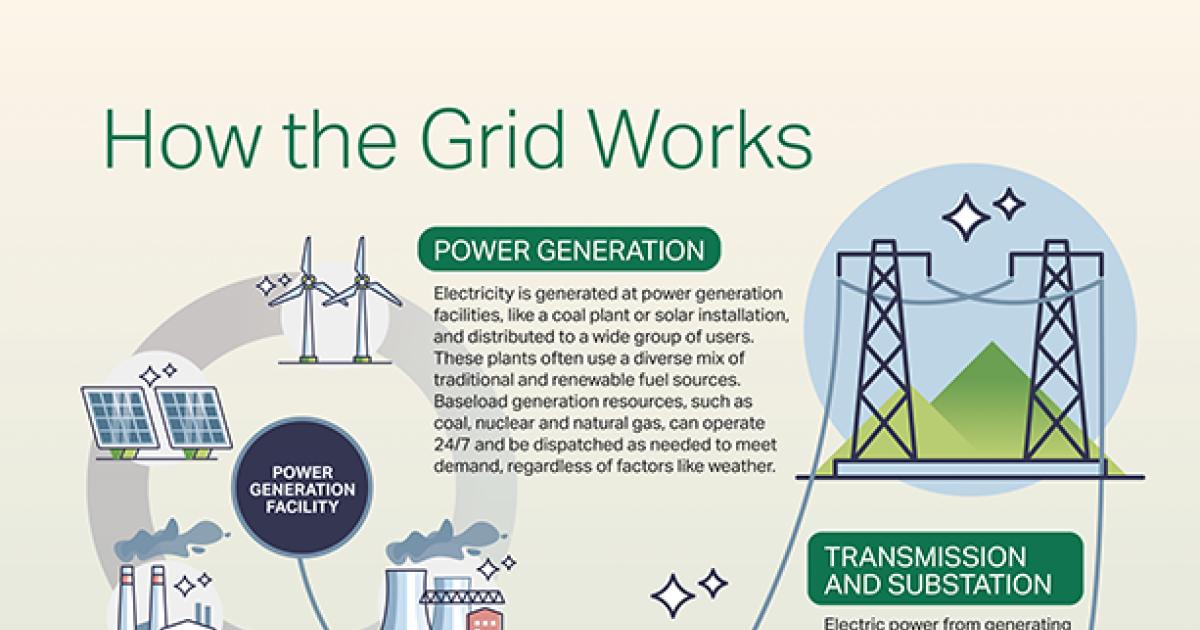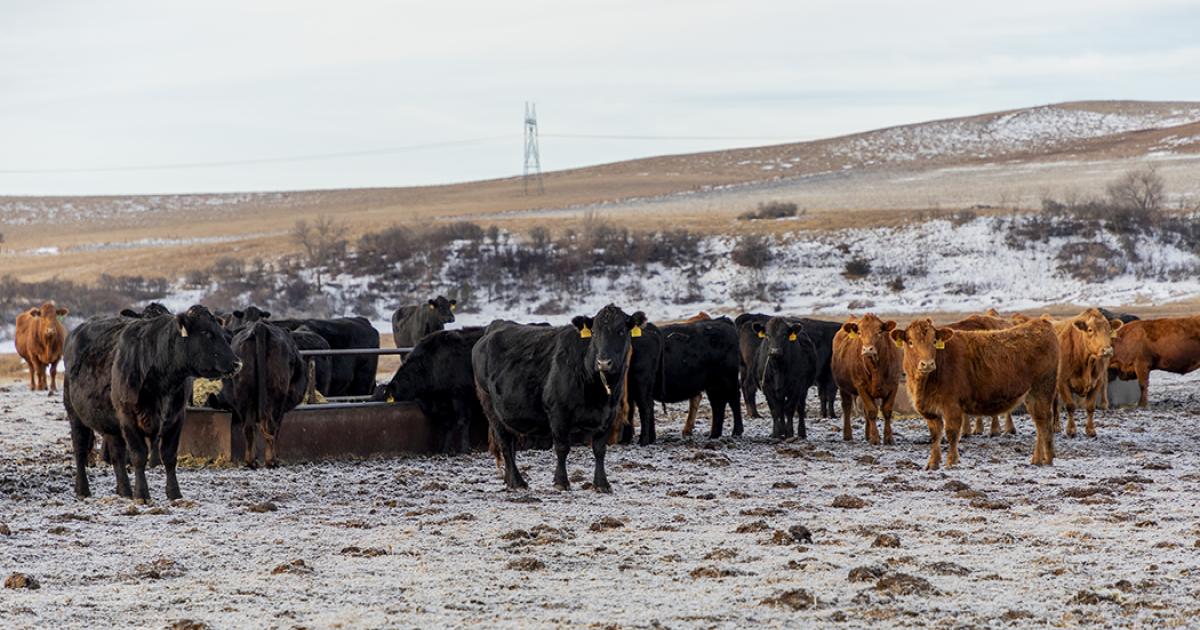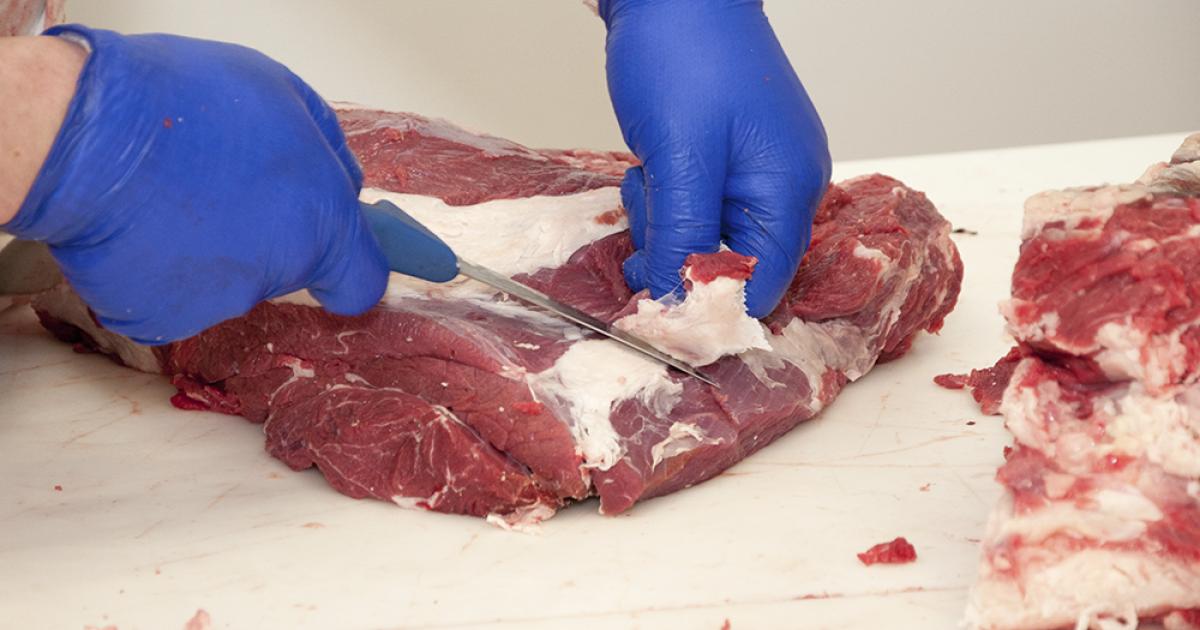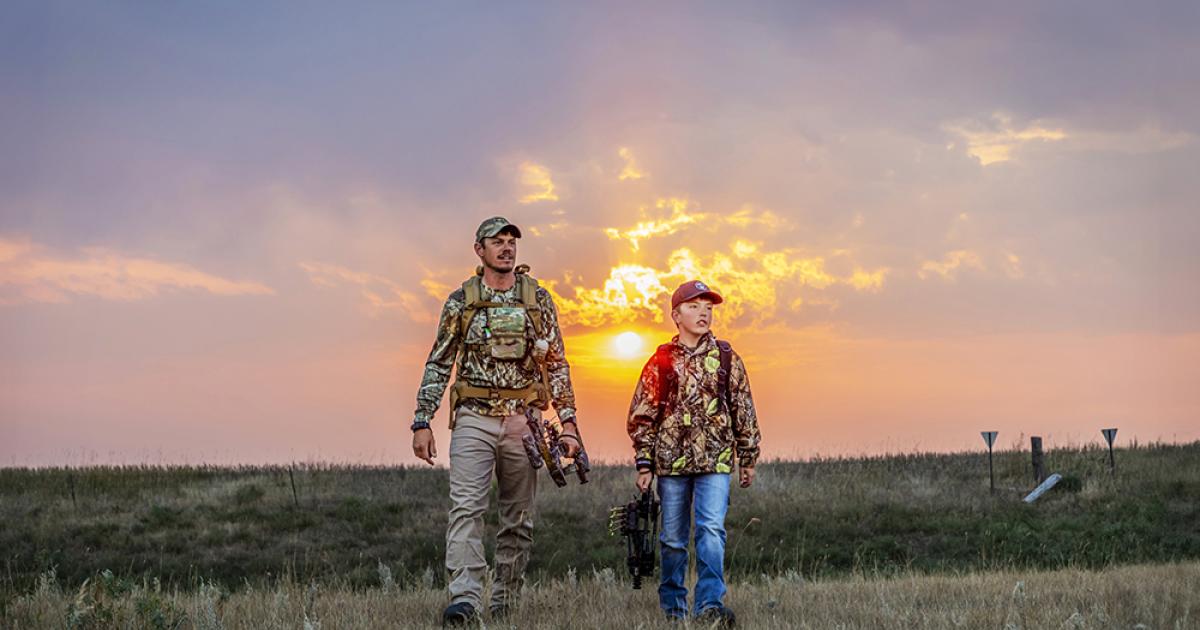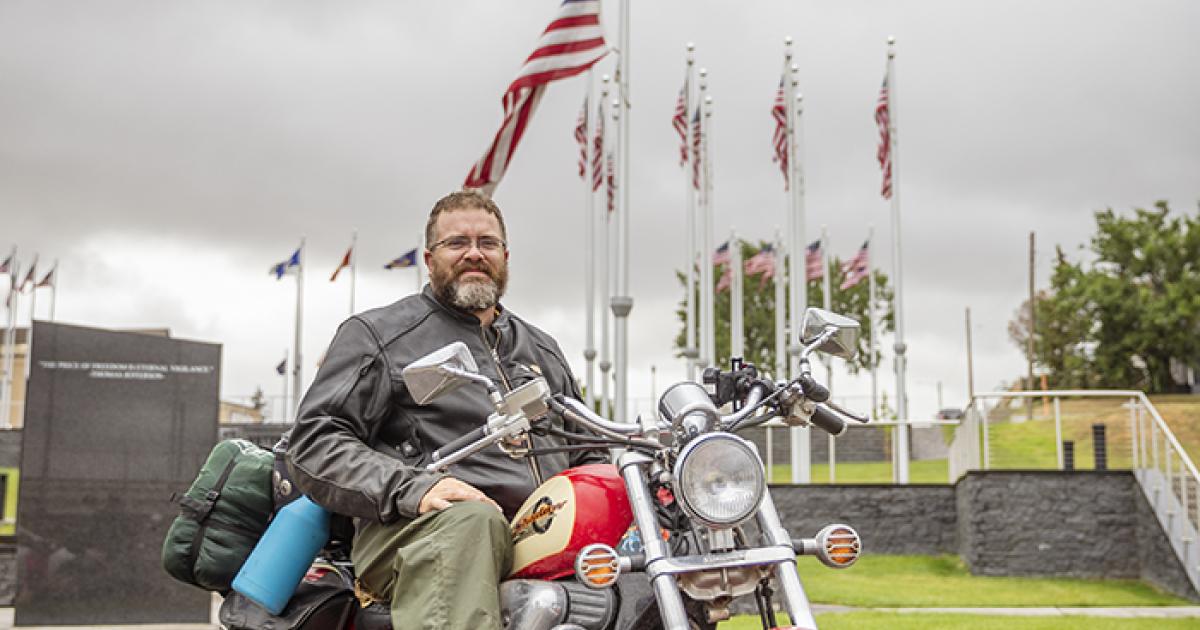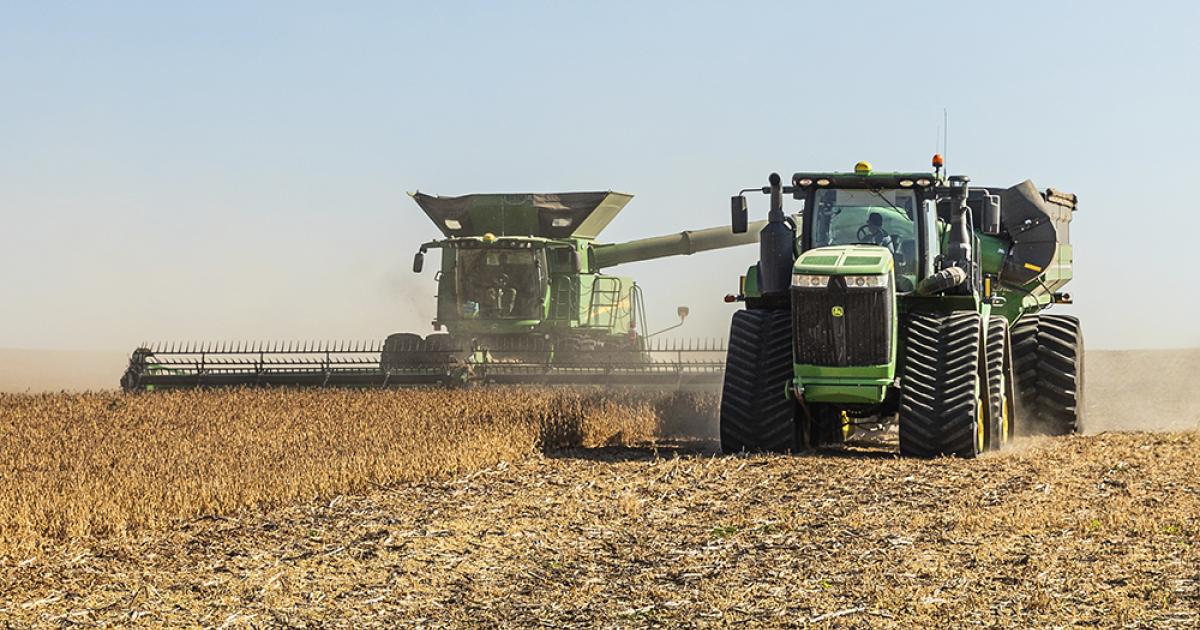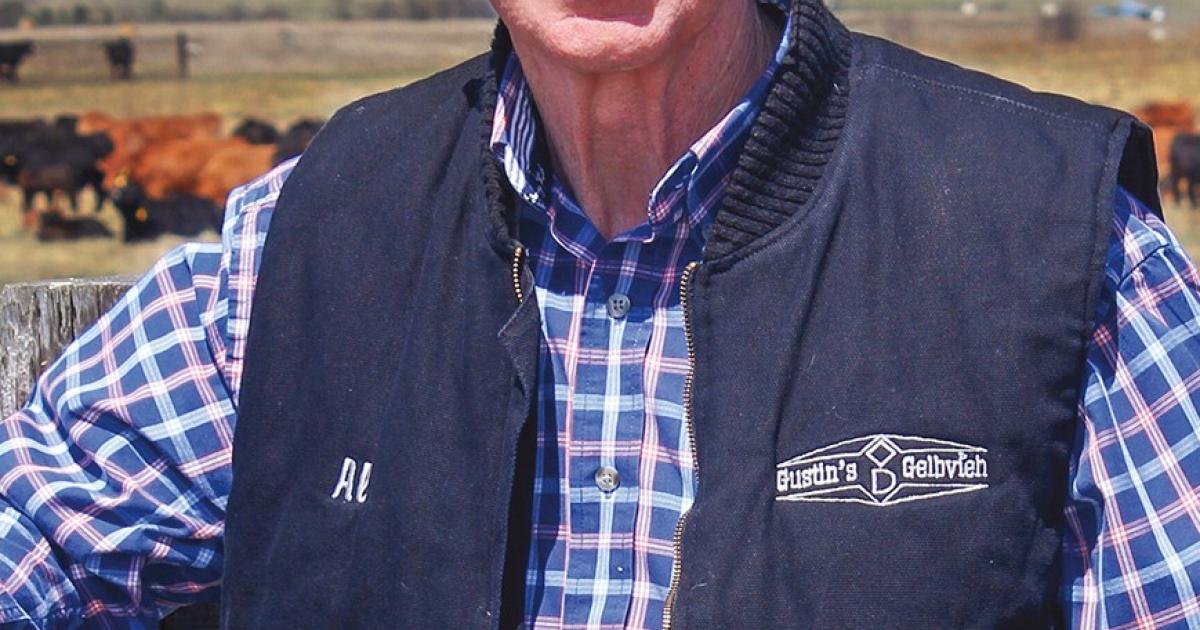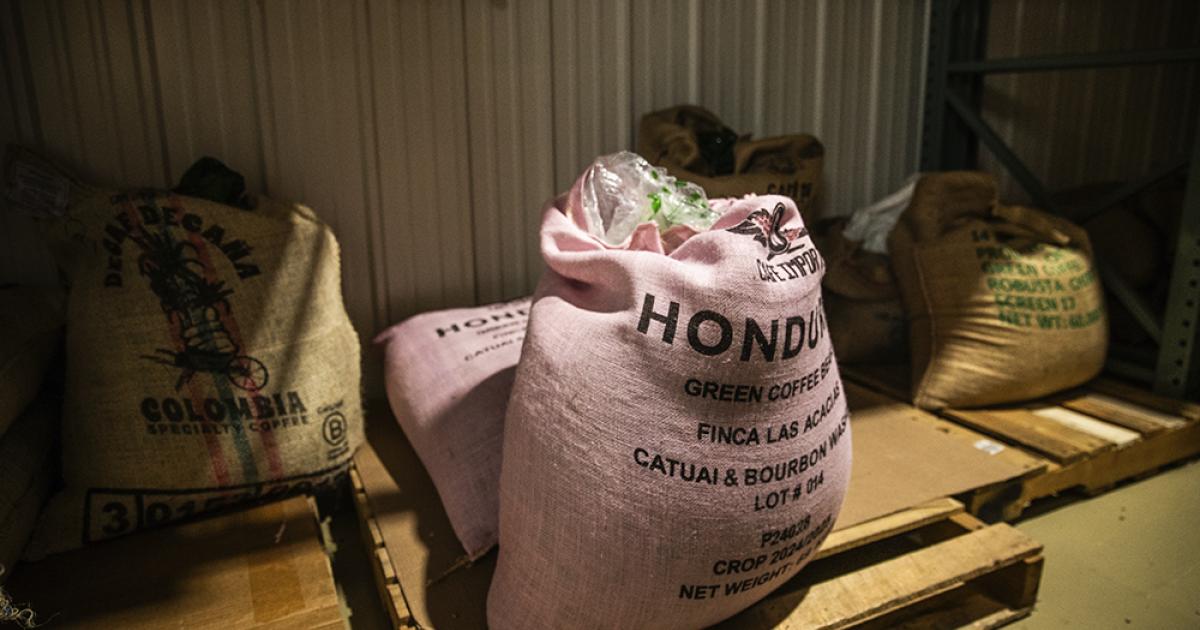Cally Peterson
A magazine readership survey conducted in August shows familiarity and satisfaction with North Dakota Living are trending upward.
In May 2020, 48% of readers said they were very familiar or familiar with the magazine, while 29% were not very familiar. Familiarity with North Dakota Living increased to 64%, while unfamiliarity dropped to 17% in August 2024.
Similarly, satisfaction increased six percentage points in four years, with 66% satisfied or very satisfied with the magazine. Readers who said they were unsatisfied fell from 6% to 4%.
What can other towns learn from Bowdon and its meat processing cooperative?
“It gets back to the basics of the game, the baseball analogy: Too many are shooting for the grand slam when they could be really focusing on these types of base hits,” says Ellen Huber, rural development services director for the North Dakota Association of Rural Electric Cooperatives (NDAREC). “Big things get all the attention, but this is an important incremental small business step a community was known for and made sure they could continue to stake their claim.”
What is your town known for?
Jamestown is the buffalo city. Bottineau takes “pride” in its ice cream. It’s hard to beat a steak in St. Anthony. And Stanley has the Sibyl Center, a small-town beacon of arts and culture.
For Bowdon, it was its meat plant and locker.
“There’s been a meat processing plant in Bowdon as long as anyone can remember, probably well over 100 years now,” says community member and local farmer Bob Martin.
Service and sacrifice are two things Mike Steier understands well.
After graduating from New England High School, Steier volunteered in 2005 for a yearlong deployment to Iraq. Last year, he retired from the N.D. National Guard after 20 years of service.
After returning from Iraq and working as a farmhand, Steier went to Bismarck State College on the GI Bill and obtained his electrical lineworker degree. Shortly after, he was hired by Roughrider Electric Cooperative in Dickinson, and he’s worked for the co-op ever since.
A gardener, quilter and fourth-generation McKenzie County resident living on her grandparents’ homestead. A mom and trusted local real estate agent. A U.S. Air Force veteran and Montana transplant turned McKenzie County resident. A proud new dad and long-suffering Minnesota Vikings fan.
What do they all have in common? They are among the more than 3,000 North Dakotans who run North Dakota elections. And, they’re your neighbors.
Could you get any more “North Dakota” than that?
It’s what I asked myself after talking to State Sen. Merrill Piepkorn and Congressman Kelly Armstrong about an idea I had for this month’s recipe section: What if we featured favorite recipes from North Dakota’s gubernatorial candidates?
A light accompaniment to a weightier issue of North Dakota Living. A side of broccoli with lasagna, if you will.
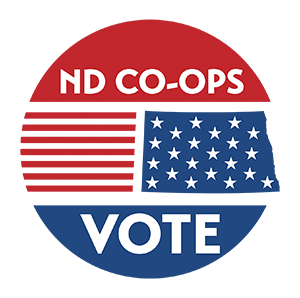 One in five eligible North Dakotans turned out to vote in June’s primary election. My county did better than the state average with 43% voter turnout in Kidder County. But little Billings County in western North Dakota, home to Theodore Roosevelt National Park and 945 people, did better than all of us with 59.25% voter turnout. Teddy would be proud.
One in five eligible North Dakotans turned out to vote in June’s primary election. My county did better than the state average with 43% voter turnout in Kidder County. But little Billings County in western North Dakota, home to Theodore Roosevelt National Park and 945 people, did better than all of us with 59.25% voter turnout. Teddy would be proud.


